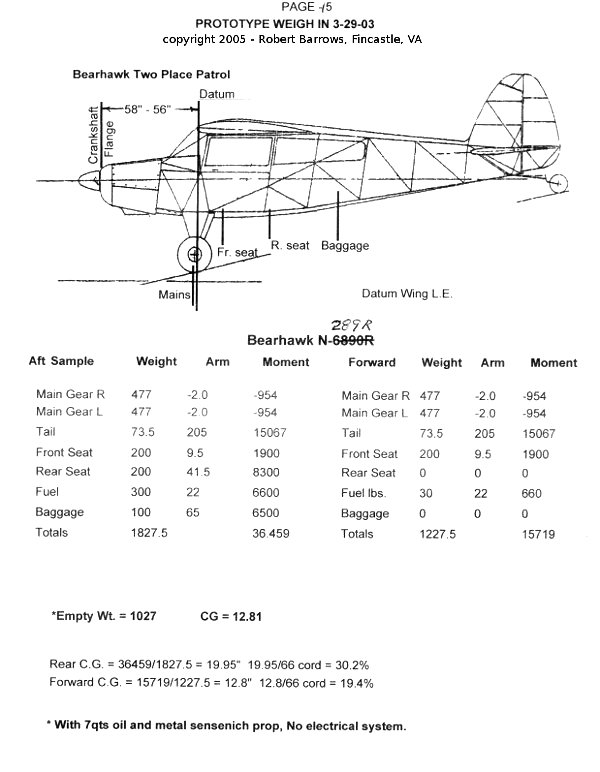Originally posted by Archer39J
View Post
Rod has totally understood the point. Adding a few kilograms on the tail combined with using a light prop can cripple your plane's ability to haul a heavy load. Running some scenarios on paper demonstrates the point clearly. That's what I really want to draw attention to.




Comment